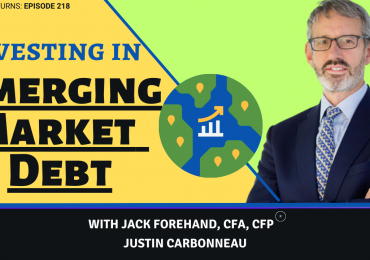It seems that yield-starved investors are turning to high-risk investments in what Jason Zweig of The Wall Street Journal recently termed, “a reckless lunge.” Since June 30th, inflow to ETFs specializing in bonds from emerging-market countries has hit $1.2 billion. And, so far this month, investors have poured $2.8 billion into high-yield ETFs holding “junk” bonds (issued by below investment-grade companies).
In his recent Intelligent Investor blog, Zweig references the findings of a new study showing that once rates fall below 3%, “people become much more willing to consider an alternative with higher average returns, even though they are told it will deliver steep losses along the way.” If you contrast average emerging-markets bond ETF yields of 3.8% and average high-yield ETF returns of 5.5% against the less than 1.6% earned annually on the 10-year U.S. Treasury, it isn’t hard to see why.
Zweig speculates that the feeling of deprivation felt by investors may lead them to “form unrealistic expectations about the returns they are likely to earn on income-oriented investments that are rife with risk.” So, while the high yields on the junk bond ETFs are appealing, they could take a turn for the worse if a recession hits and companies default on their debt. Similarly, if overseas turbulence worsens, emerging-market bond funds could take a tumble.
“Financial history shows that in the long run investors get rewarded for doing what is hard, not what is easy,” says Zweig. Exposing yourself to more risk in the quest for immediate income is easy, but being patient isn’t. Zweig advises: “As bonds yield less, save more.”








